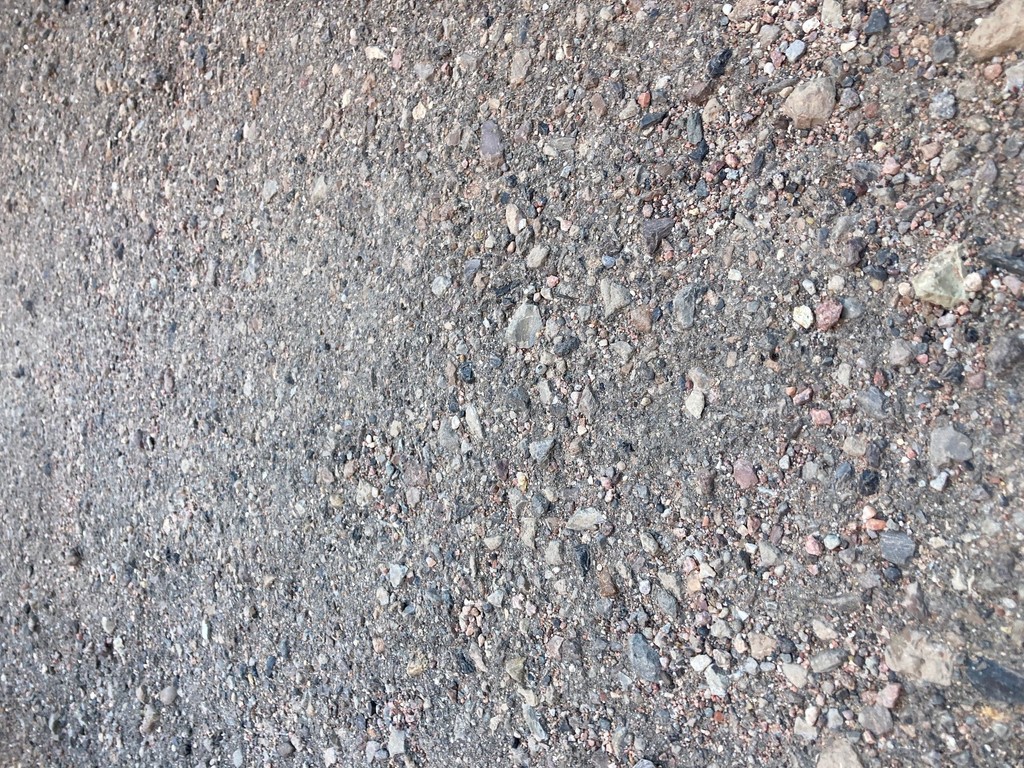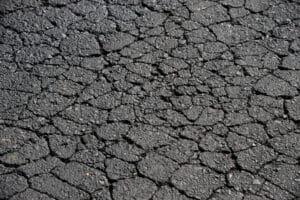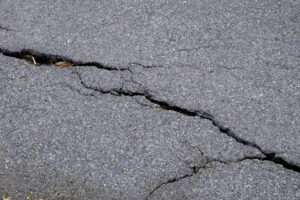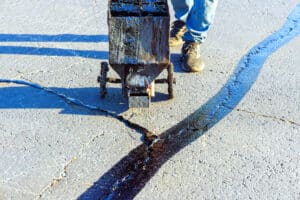Have you noticed loose gravel on the surface of your asphalt pavement? Does the pavement feel rough or uneven when you walk or drive over it? If so, you could be dealing with a common issue known as asphalt raveling. This type of damage happens often, and many asphalt professionals are very familiar with how to repair it.
Raveling can sometimes be hard to recognize if you’re not used to spotting pavement problems. But catching it early can help you avoid bigger, more expensive repairs down the road. Once you start seeing signs of it, you might wonder what to do next. In this article, we’ll explain exactly what asphalt raveling is, what causes it, and the steps you should take when you notice it affecting your pavement.
What is Asphalt Raveling?
Raveling is a type of asphalt pavement distress caused by the disintegration of asphalt binder from pavement surface, resulting in the loss of aggregate particles. First, fine aggregate particles come loose, and as it advances, larger pieces of coarse aggregate come loose. Raveling creates a rough pavement surface that appears either pitted or rippled, depending on severity, and has loose rocks and sand.
Once pavement begins to disintegrate at the surface, it will progress throughout the asphalt layer of the parking lot, driveway, or road surface.
What Causes Raveling?
As asphalt ages, sun and weather cause the evaporation of oils in asphalt’s structure, making it more brittle. Aggregate loosens, causing a rougher asphalt surface, and eventually cracks or pothole damage.
Asphalt raveling is also influenced by:
- Improper installation and inadequate compaction
- Dust coating on aggregate particles can make asphalt binder bind to dust instead of the aggregate
- Poorly made asphalt mix (aggregate segregation) from missing fine particles.
- Mechanical dislodging from snowplows
- Damage from vehicle fluids like gasoline, oil, and power steering fluid
What to Do About Asphalt Raveling?
Once raveling has begun, it will only exacerbate over time, leading to pavement failure. However, there are a few general tips that can help you repair and prevent it from expanding. Below are some of the ways to help you improve the problem.
Asphalt Sealcoating
Asphalt seal coat helps seal in oils and smooth some of the surface’s roughness. It fills in these tiny gaps where small rocks used to be and provides a protective layer. This slows raveling considerably and provides a new wear surface.
Read More: What is sealcoating?
Asphalt Repair
If raveling has been happening for some time, sealcoating may not be a viable option. Asphalt repair may be needed. The most common repairs for raveling include:
- Asphalt patching for small areas affected by raveling
- Asphalt removal and overlay for large areas affected by traveling
How to Prevent Asphalt Raveling?
Regular asphalt maintenance is the most affordable way to prevent raveling. Rather than repairing asphalt after it has already started to ravel, you will ensure that your asphalt pavement never comes close to this stage.
Can I Repair Raveled Asphalt by Myself?
Yes, but it’s suggested that you get professional assistance. Therefore, you should hire a professional with experience repairing asphalt pavements.
At Superior Asphalt, LC, we offer high-quality asphalt maintenance services to ensure that your pavements are always in top shape. Contact us today!




